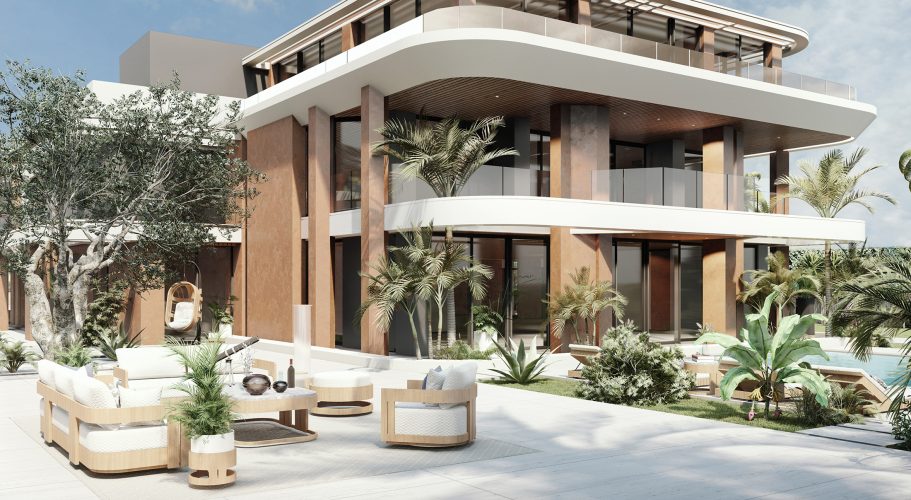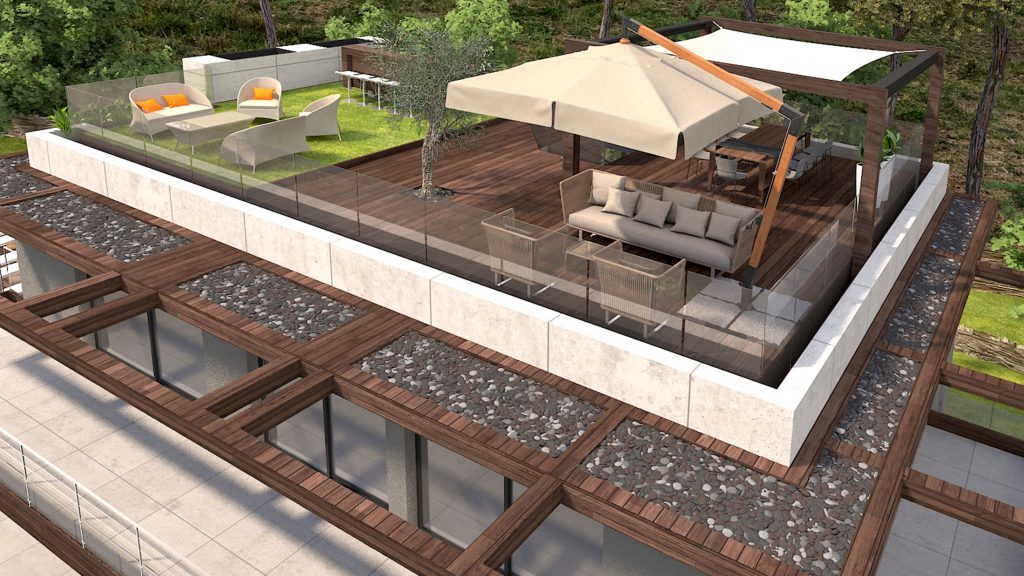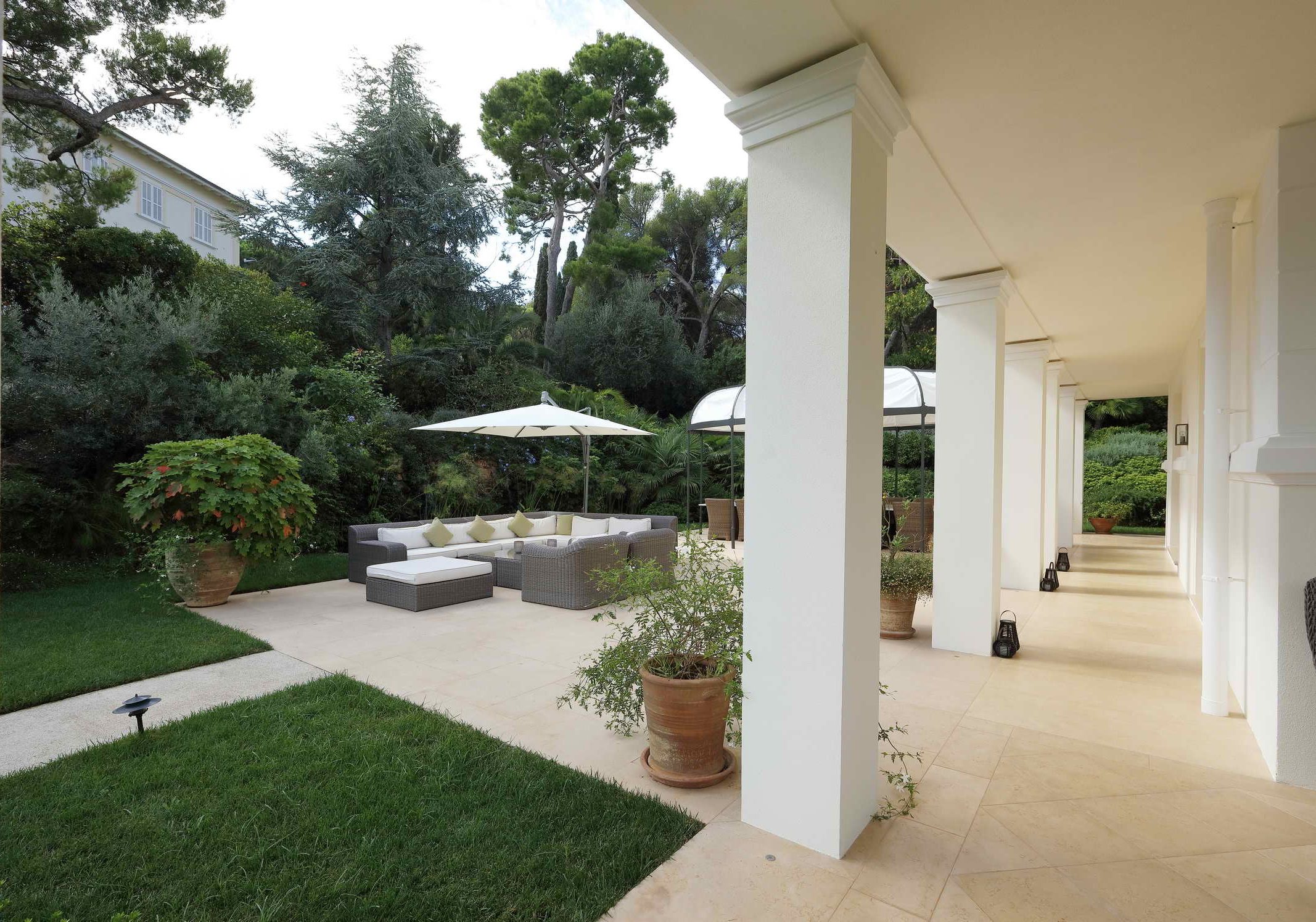
“Minimalism is not a lack of something. It’s simply the perfect amount of something.” – Nicholas Burroughs
Introduction
Ever pondered how a blank canvas can become a masterpiece? Or how the art of restraint can yield extraordinary design? Welcome to minimalist architecture, where the answer lies in the elegant simplicity of every choice. In this realm, each element is meticulously selected to transform spaces into serene and purposeful havens. Far from being a fleeting trend, minimalist design evolves continually, challenging and inspiring architects to redefine elegance and functionality in ever more inventive ways.
At the forefront of this evolution is Joe Aoun and his innovative studio, JA Architecture. Joe Aoun understands that minimalist architecture is more than just an aesthetic choice – it’s a way of life that embraces simplicity while celebrating the essence of functionality. His designs masterfully integrate clean lines and open spaces to create environments that are both serene and purposeful. By focusing on the interplay between light and space, JA Architecture crafts experiences that are as practical as they are elegant. Each project by Joe Aoun reflects a deep appreciation for minimalism, where every detail is thoughtfully considered to enhance the overall harmony and balance of the space.
Understanding Minimalism In Architecture
1. The Essence of Minimalism

- Minimalist architecture is characterized by its simplicity and functionality, emerging as a response to the ornate and complex styles of previous eras. Rooted in the principle of “less is more,” this design approach emphasizes the importance of stripping away non-essential elements to reveal the essence of a space.
- The evolution of minimalist design can be traced back to the early 20th century with movements such as the Bauhaus and De Stijl, which laid the groundwork for a more streamlined and practical aesthetic. Over the decades, minimalist design has evolved to integrate new technologies and materials while adhering to its core principles.
2. Core Principles Of Minimalist Design

- Minimalist design ensures that spaces are not only practical but also visually appealing by embracing simplicity and clarity. With a focus on reducing visual clutter and highlighting essential elements, minimalist environments are easy to navigate and maintain.
- The psychological advantages of minimalist design are equally impressive. Studies have shown that clutter-free spaces can lower stress levels and boost overall well-being. The inherent simplicity and order in minimalist settings foster a sense of calm and relaxation, making them perfect for both residential and commercial environments.
3. Materials And Techniques

- Natural materials play a crucial role in minimalist design, contributing to the overall harmony and balance of a space. Materials such as wood, stone, and glass are often used to create a connection with nature while maintaining a sleek and modern look. The use of these materials not only enhances the charm of a space but also contributes to its durability and sustainability.
- Minimalist architecture has evolved to incorporate sustainable practices, ensuring that simplicity does not come at the expense of the environment. This evolution has seen minimalist architecture adapt to modern needs, blending seamlessly with contemporary lifestyles while maintaining its fundamental ethos of simplicity and clarity.
4. Benefits Of Minimalist Architecture

- Minimalist design fosters a sense of calm and relaxation. Clutter-free spaces can lower stress levels and boost overall well-being, making them perfect for both residential and commercial environments.
- By embracing simplicity and clarity, minimalist design ensures that spaces are not only practical but also visually appealing. Minimalist environments are easy to navigate and maintain, offering a host of functional and visual benefits.
5. Minimalism In Residential Design

- In residential settings, minimalist homes are often praised for their ability to create serene and functional living spaces. The use of natural light, open floor plans, and high-quality materials enhances the comfort and adds an exquisite appeal to these homes.
- Minimalist residential design emphasizes the interplay between light and space, crafting environments that are both serene and purposeful. This approach not only maximizes the use of space but also fosters a sense of tranquility and order.
6. Minimalism In Commercial Architecture

- In commercial architecture, minimalist design is employed to create efficient and visually striking work environments. Offices, retail spaces, and public buildings benefit from the clarity and focus that minimalist design provides, fostering a productive and engaging atmosphere.
- Minimalist commercial spaces one notable example is the MUJI flagship stores designed by Kengo Kuma These stores exemplify minimalism with their use of natural materials, neutral color palettes, and uncluttered layouts. The design emphasizes simplicity and functionality, creating an inviting and calm shopping experience.
7. Current Trends And Innovations

- Minimalist architecture continues to evolve, integrating new technologies and materials while adhering to its core principles. This evolution has seen minimalist design adapt to modern needs, blending seamlessly with contemporary lifestyles.
- The principles of minimalist design continue to influence and inspire architects and designers around the world. As architectural trends shift and new styles emerge, minimalist design will always hold a place of reverence for its timeless beauty and functionality.
8. Balancing Minimalism With Other Trends

- While maximalism is gaining traction as a contemporary design trend, minimalism remains a constant in the architectural landscape. Maximalism, with its emphasis on bold colors, rich textures, and intricate details, contrasts sharply with the understated elegance of minimalism. However, despite the rising popularity of maximalism, the principles of minimalist design continue to inspire architects globally.
- Innovative architects are exploring hybrid designs that balance the simplicity of minimalism with the richness of maximalism. This approach allows for the creation of spaces that are both dynamic and serene, merging the best of both design philosophies.
Conclusion
Minimalist design is more than just a trend; it is a timeless approach that continues to shape modern architecture. With its focus on open spaces, clean lines, and natural materials, minimalist design offers both functional and aesthetic advantages that enhance our built environment. As we navigate the current trend towards maximalism, the enduring legacy of minimalism serves as a reminder of the beauty and simplicity that define exceptional architectural design.
For more insights into minimalist design and its impact on architecture, visit Joe Aoun Architecture.

